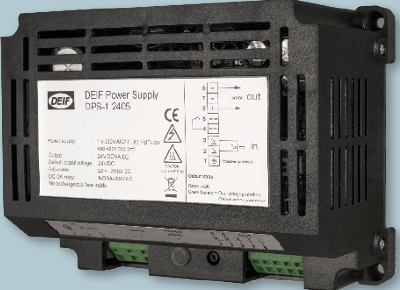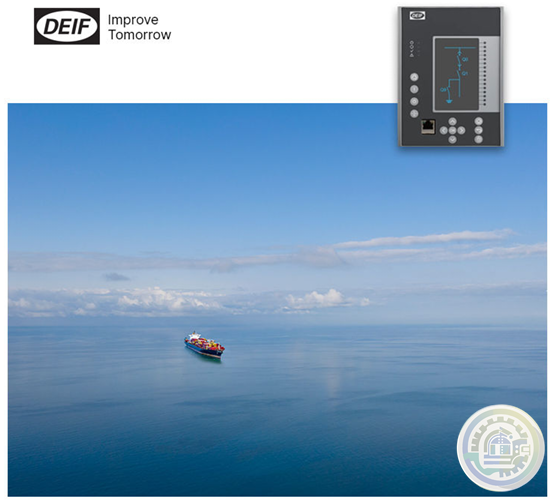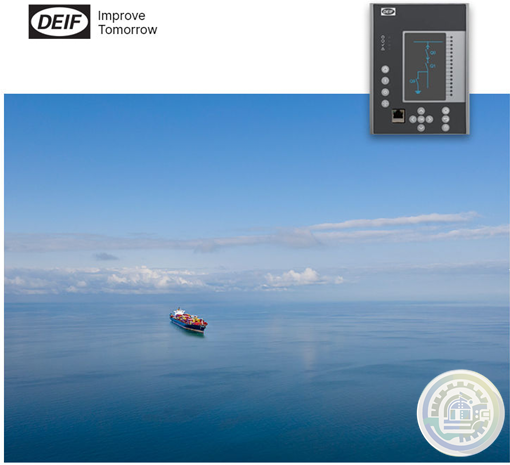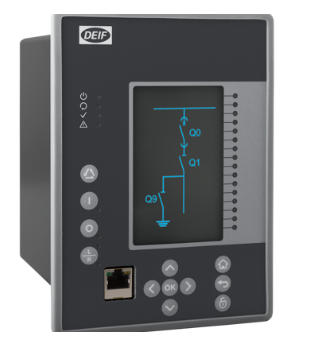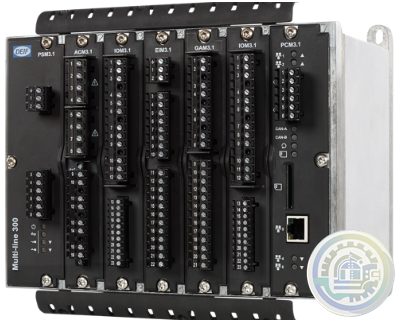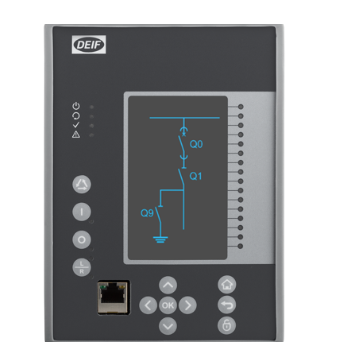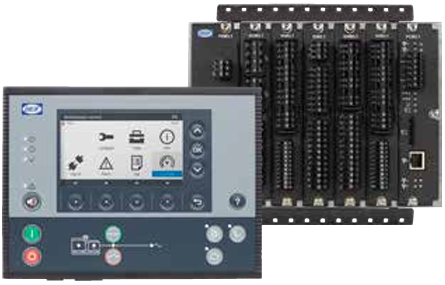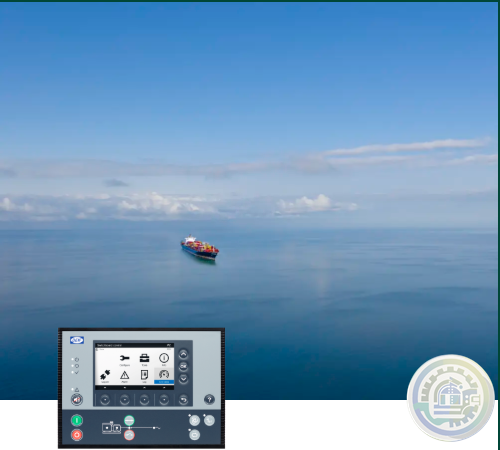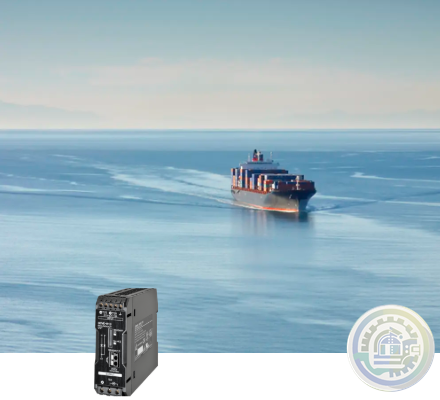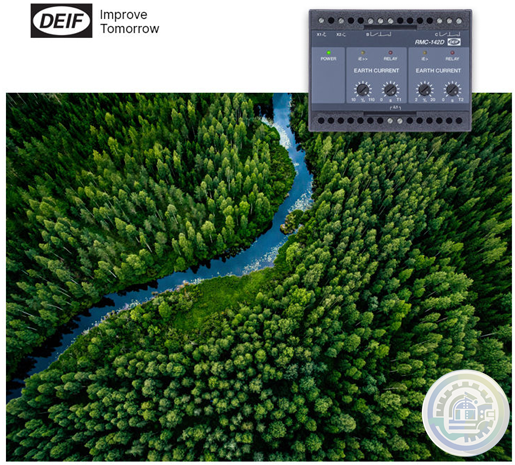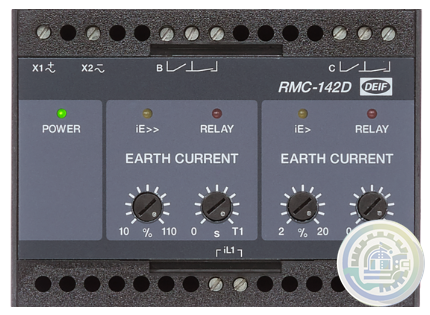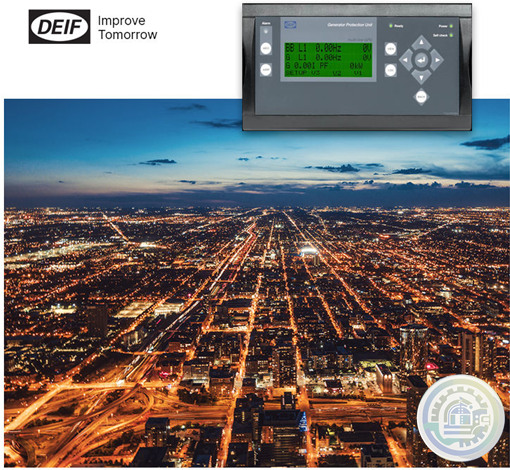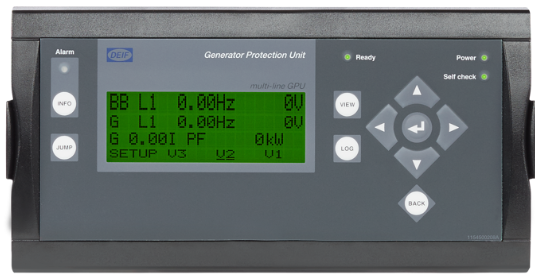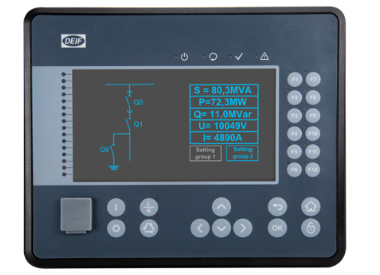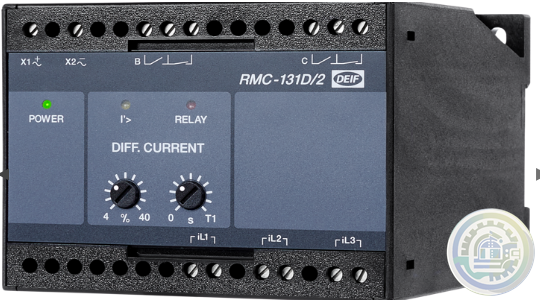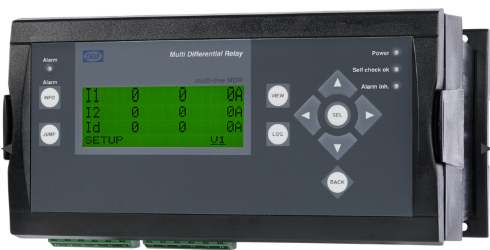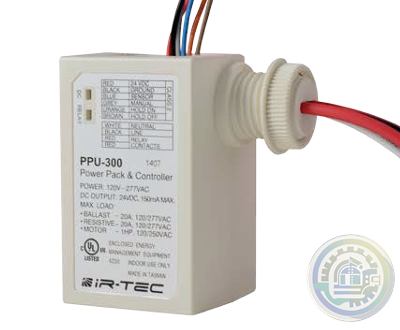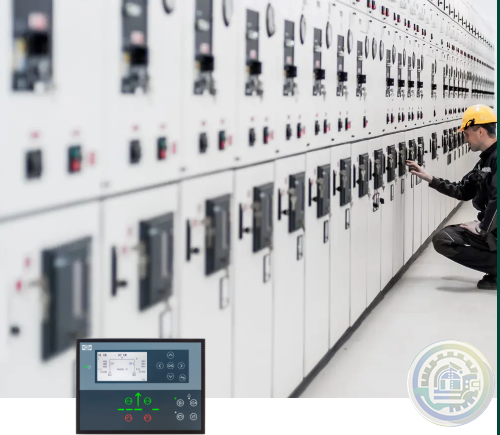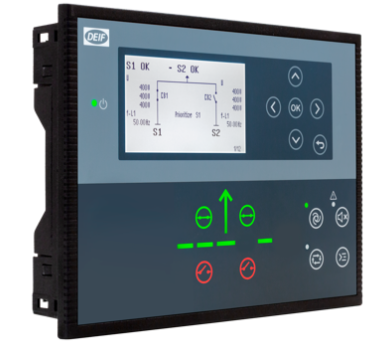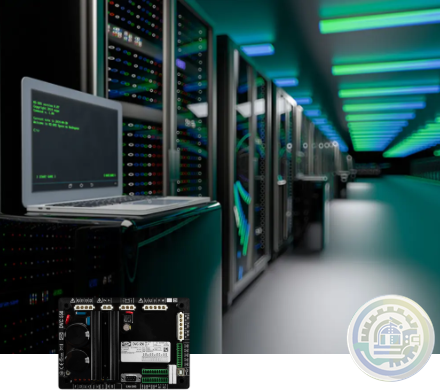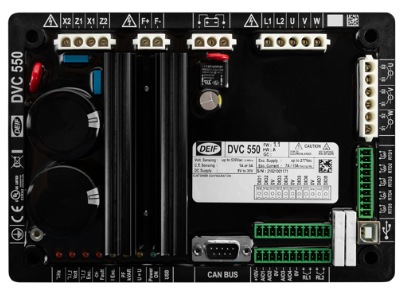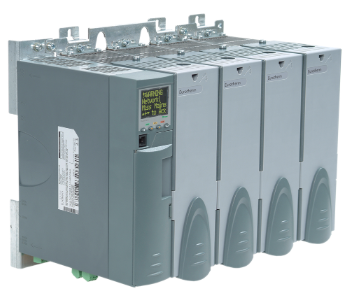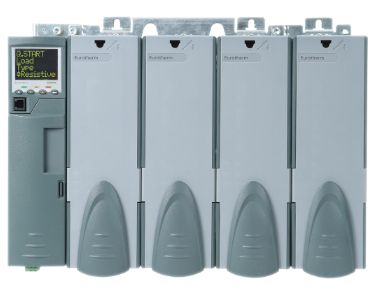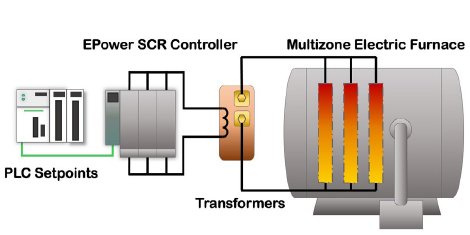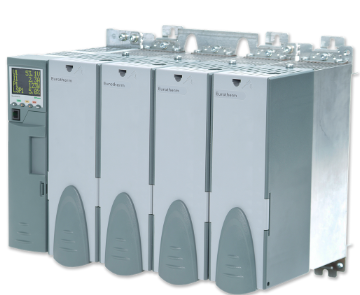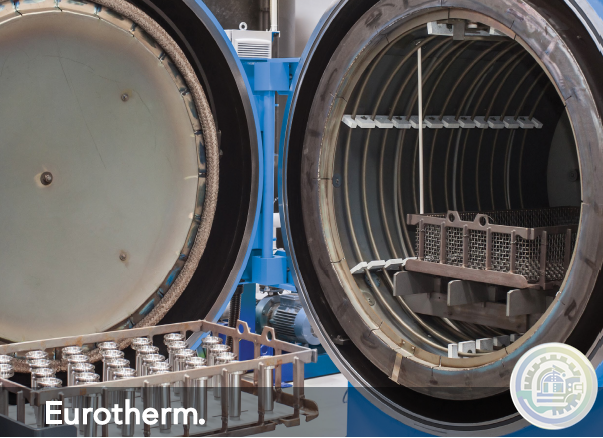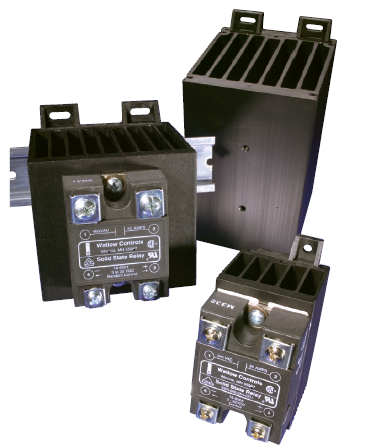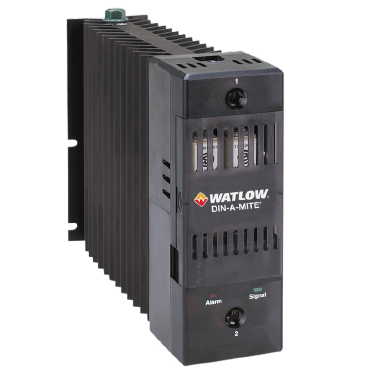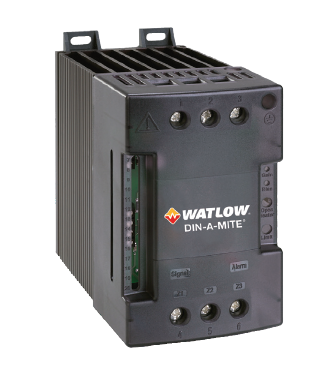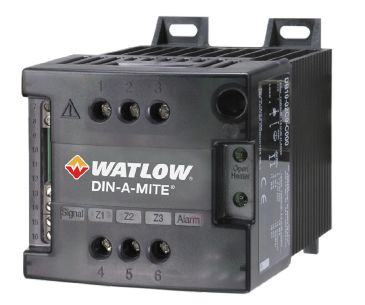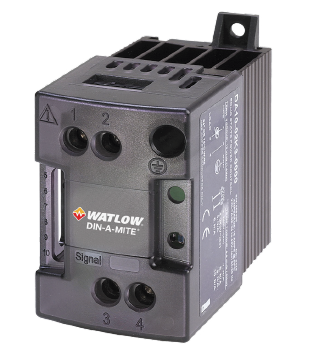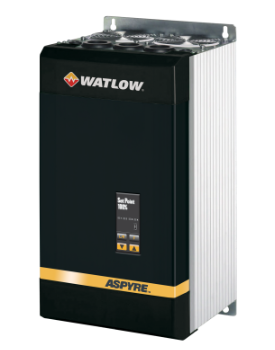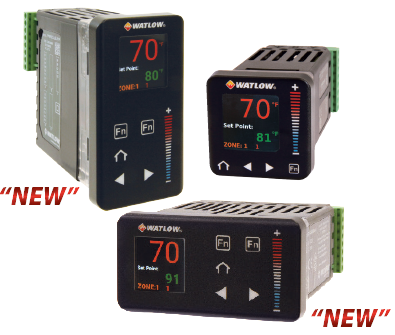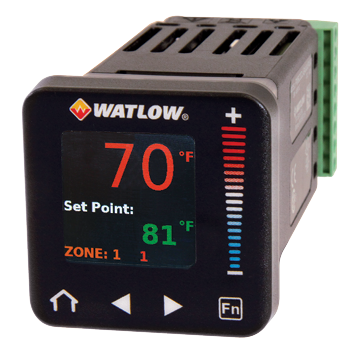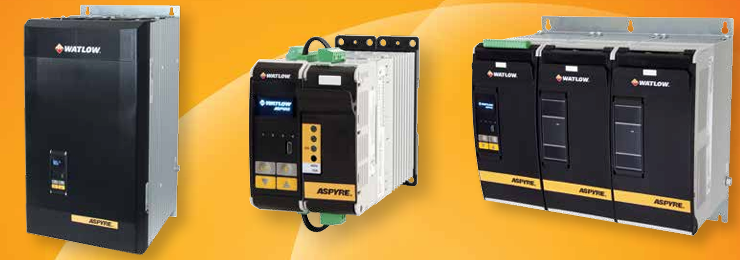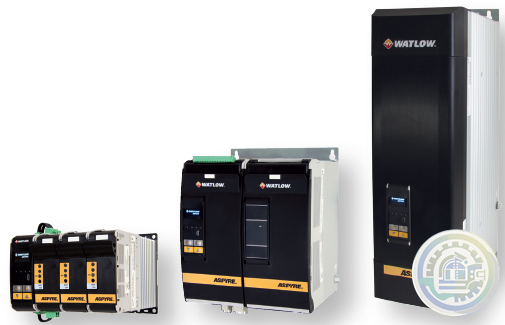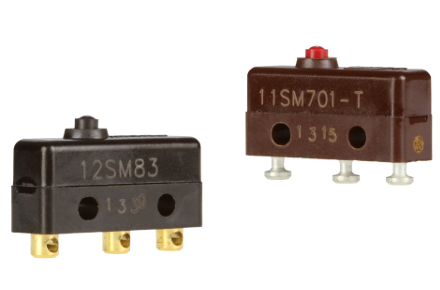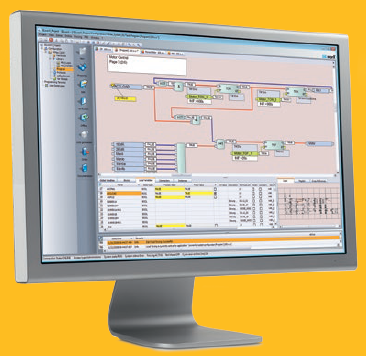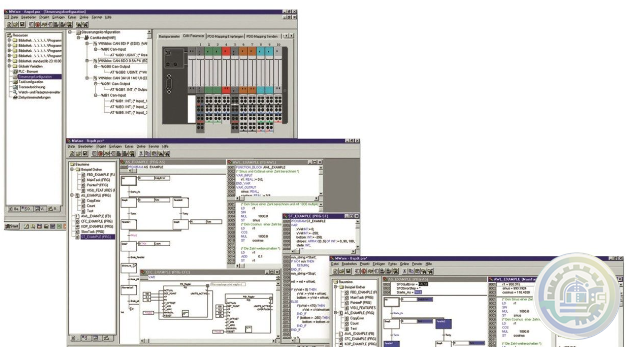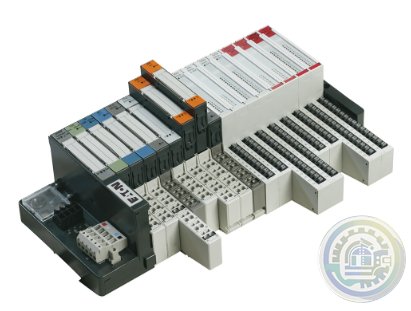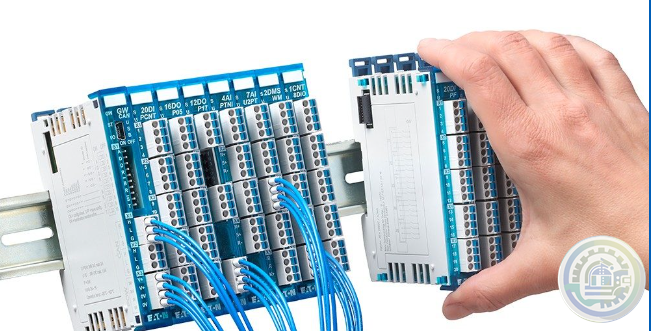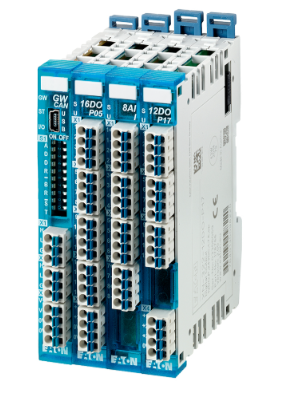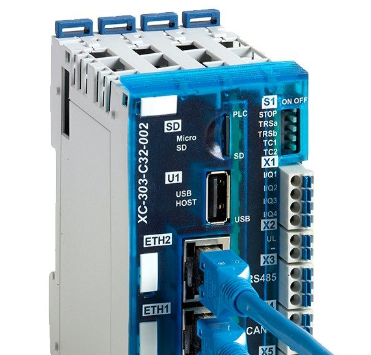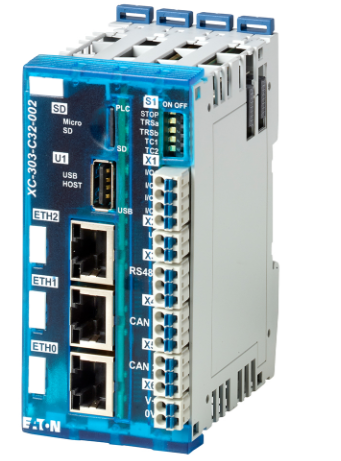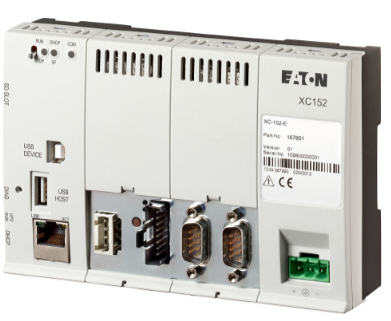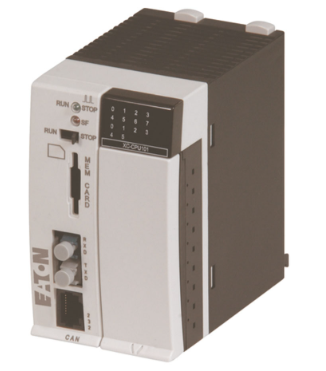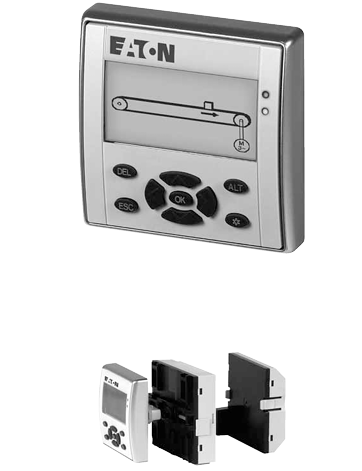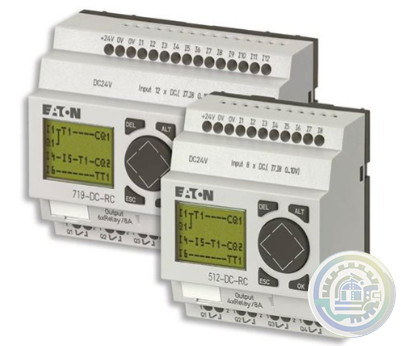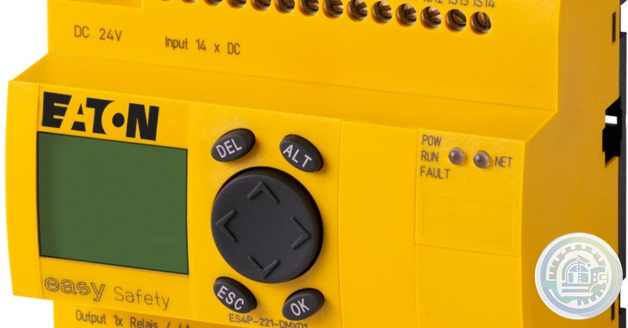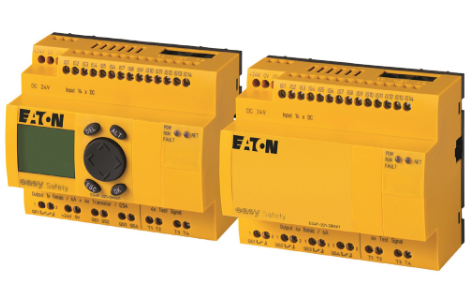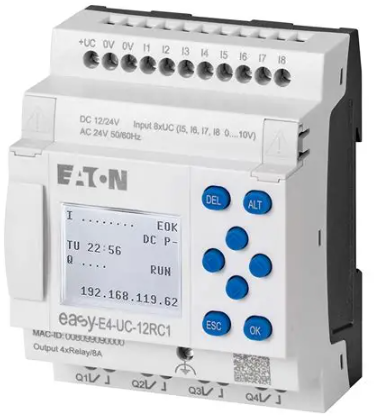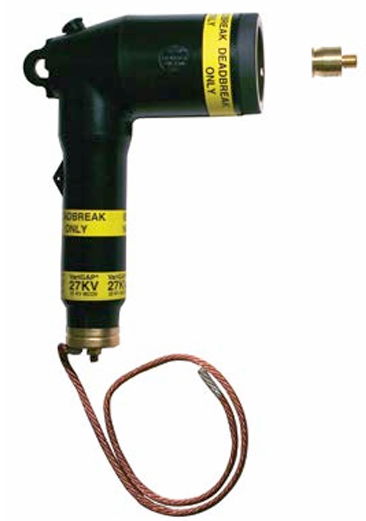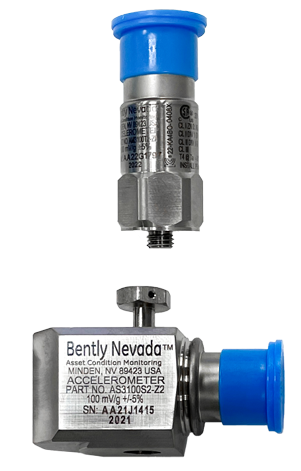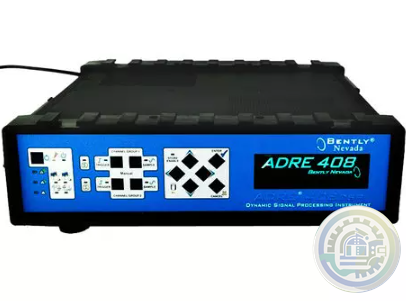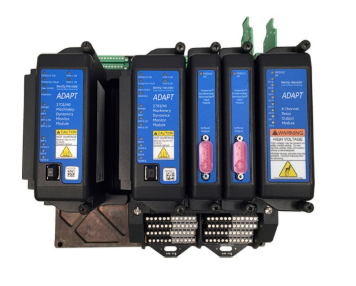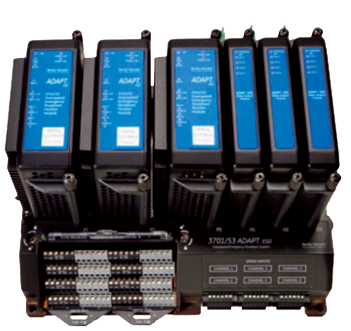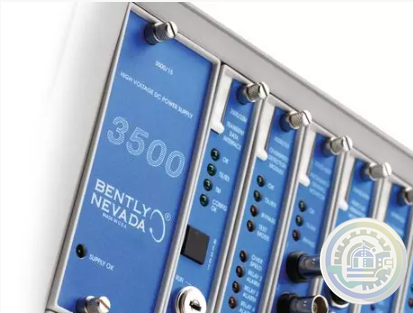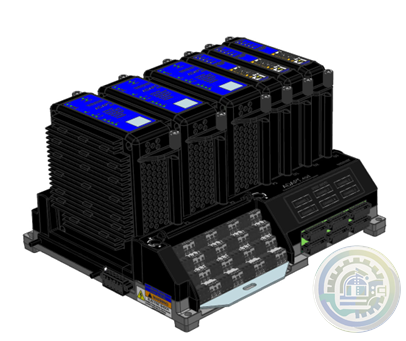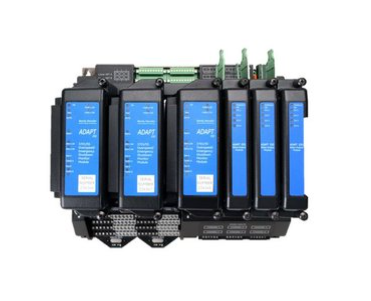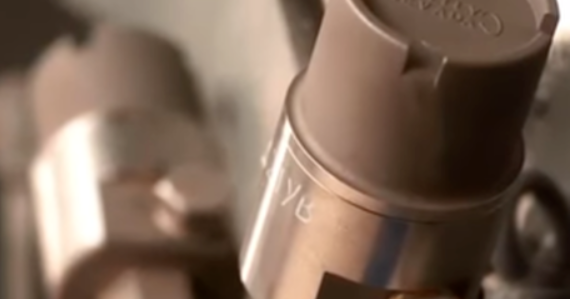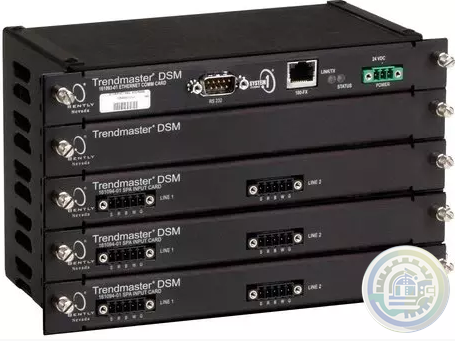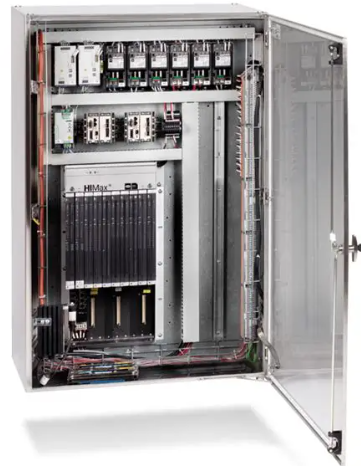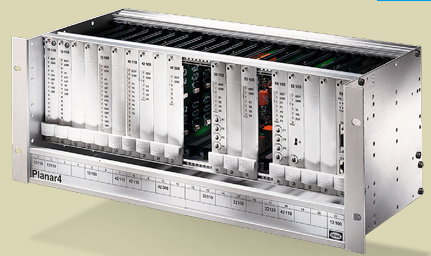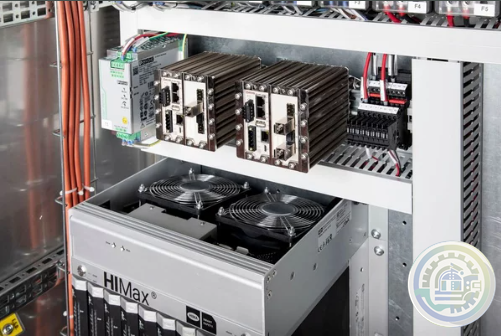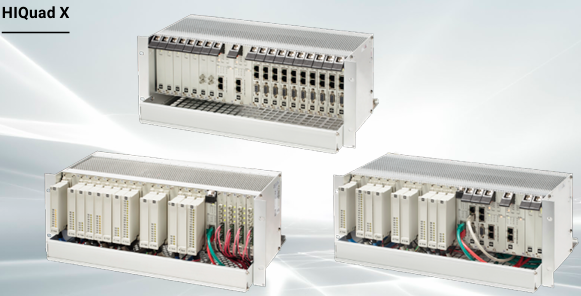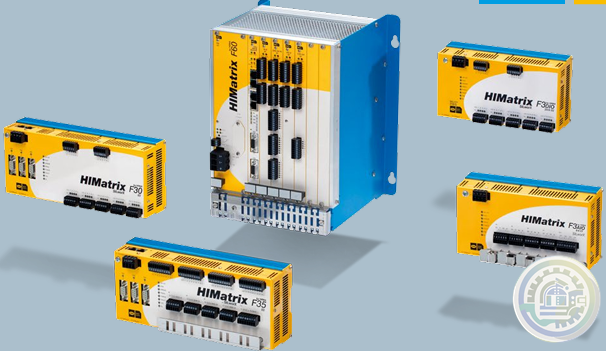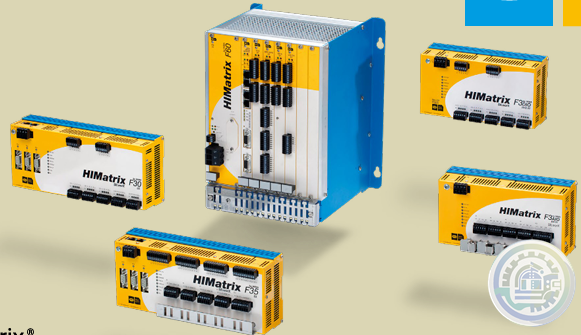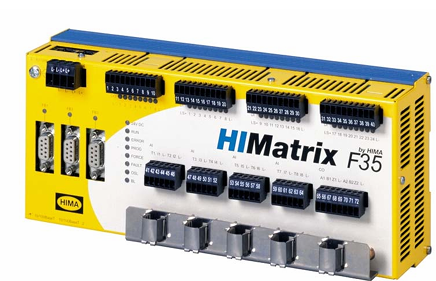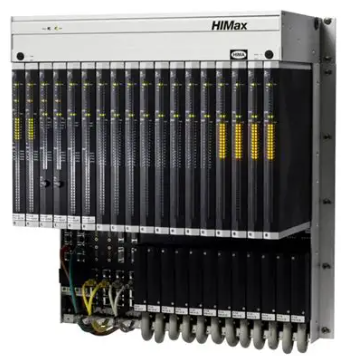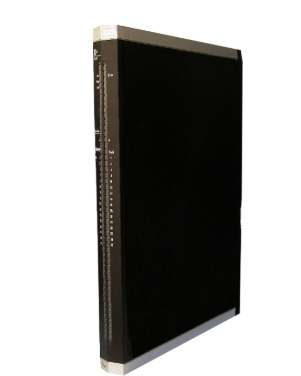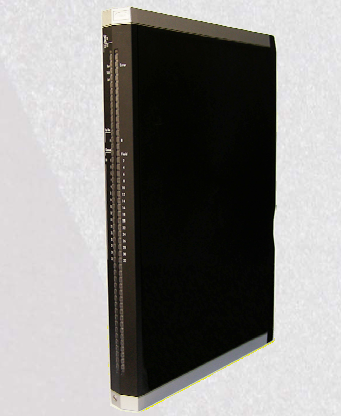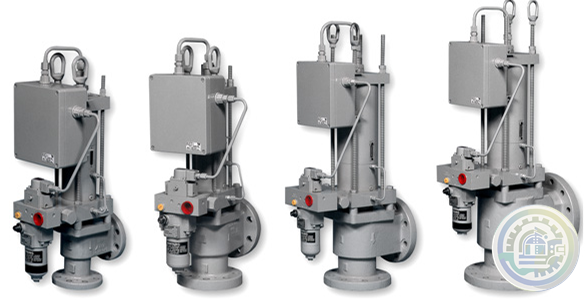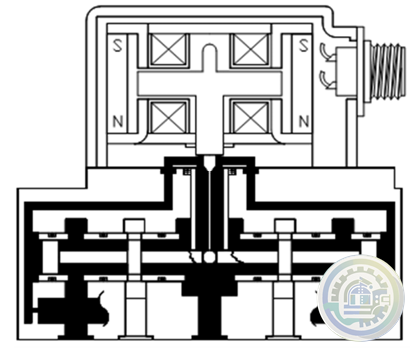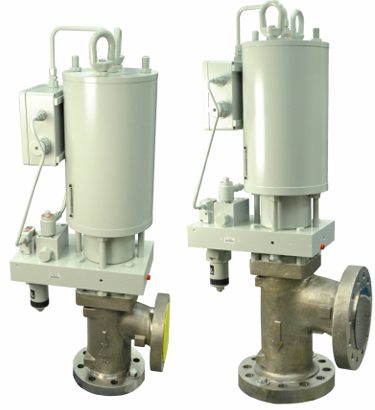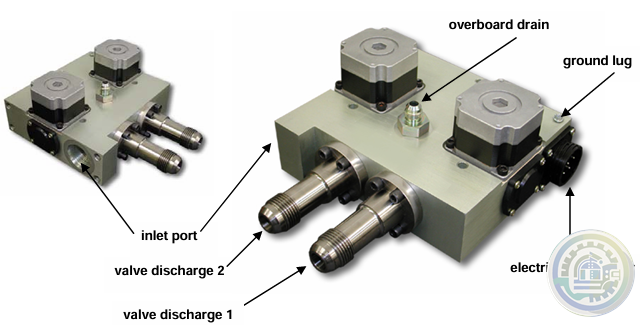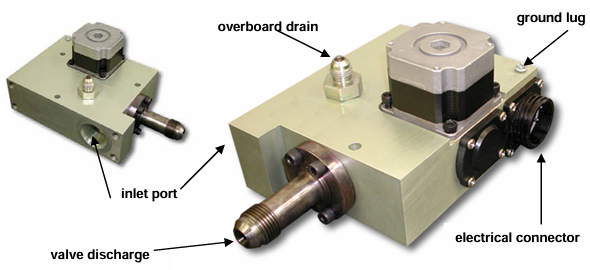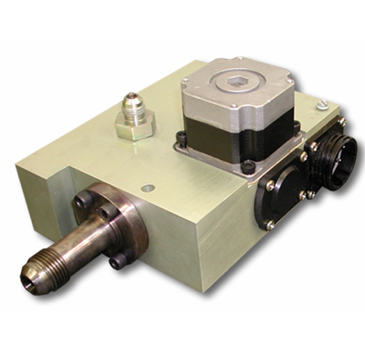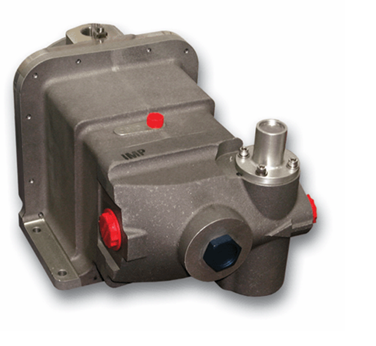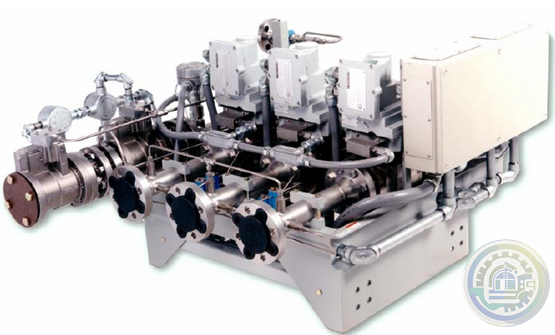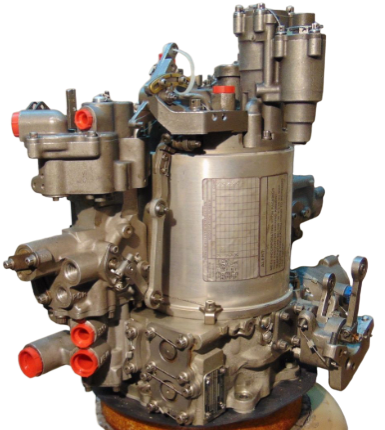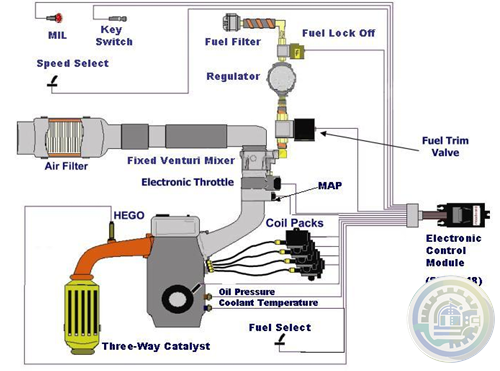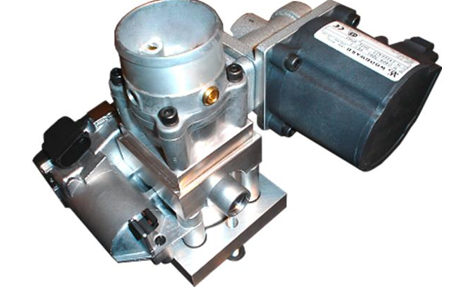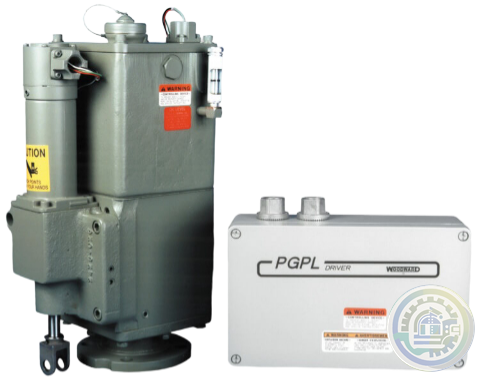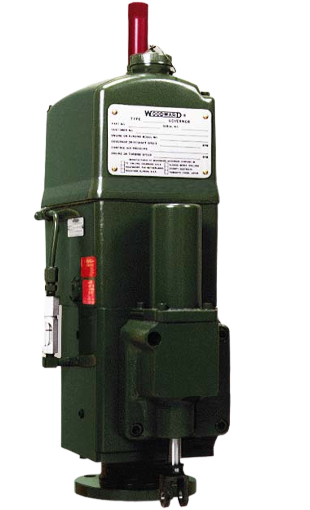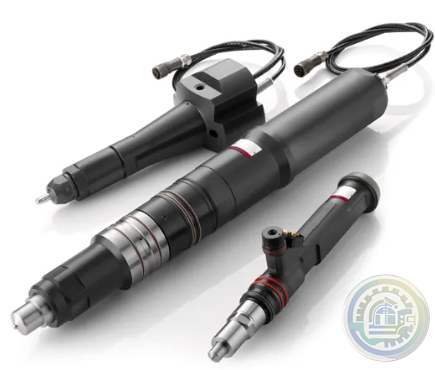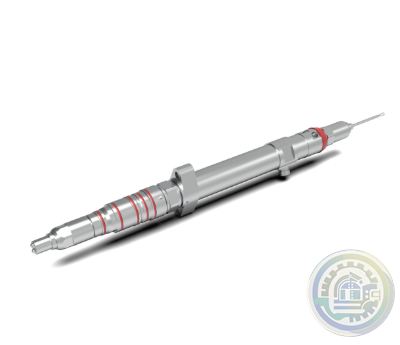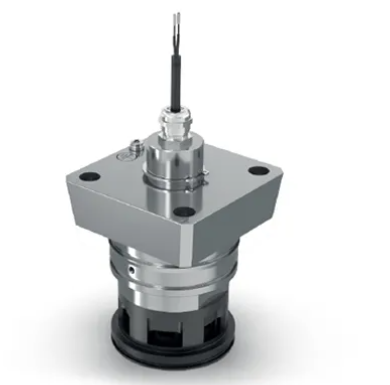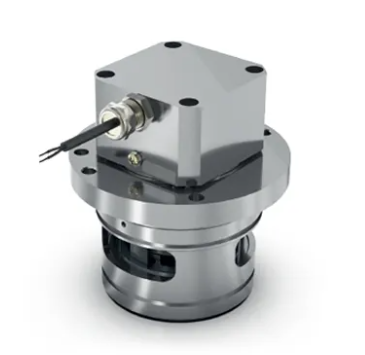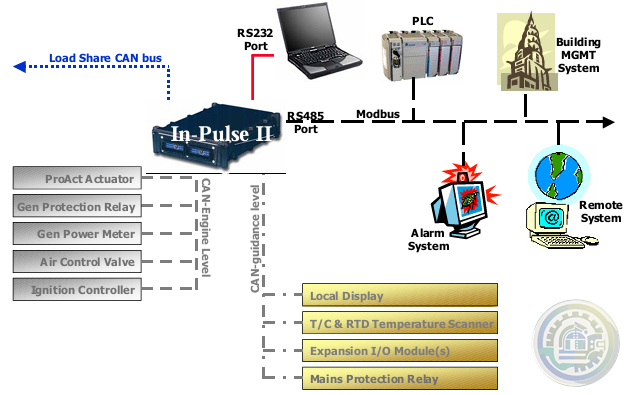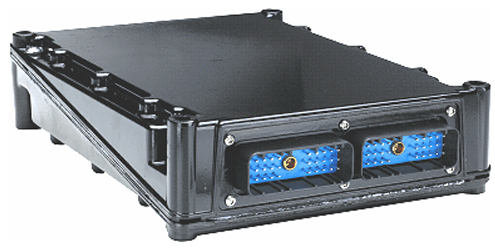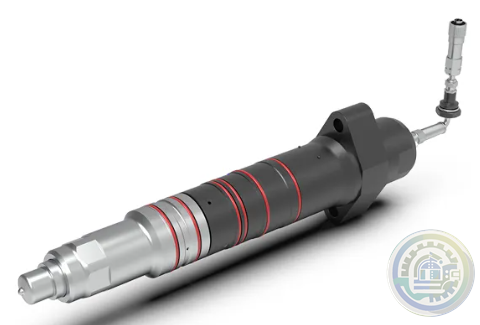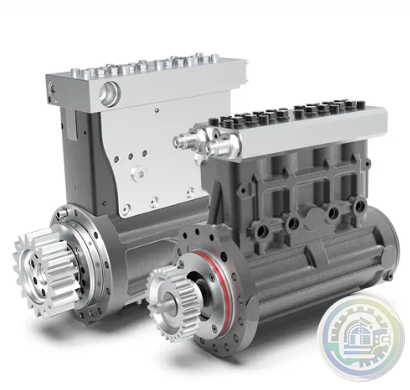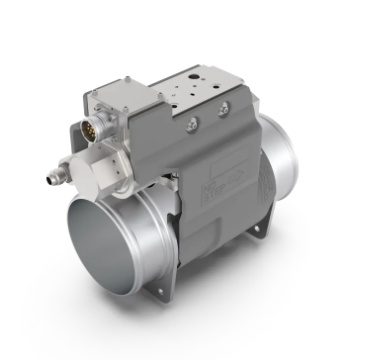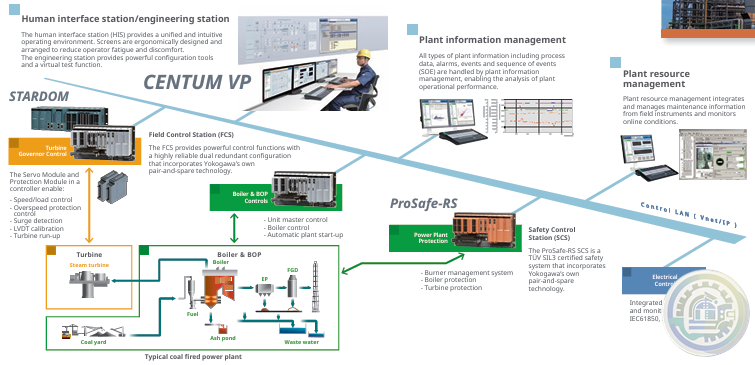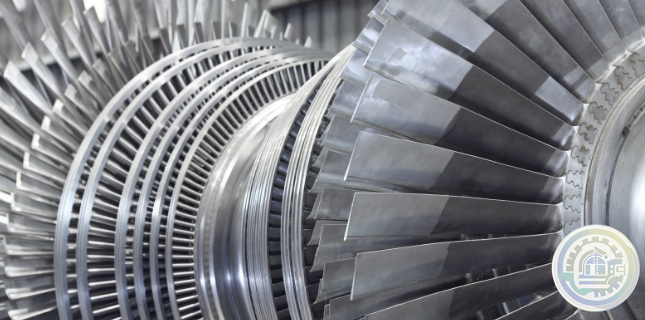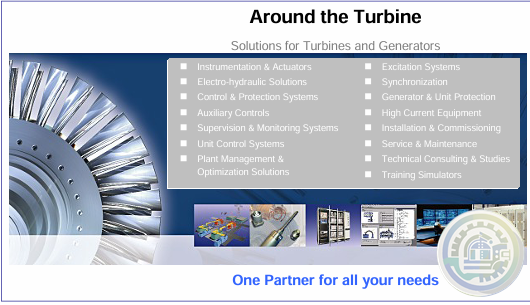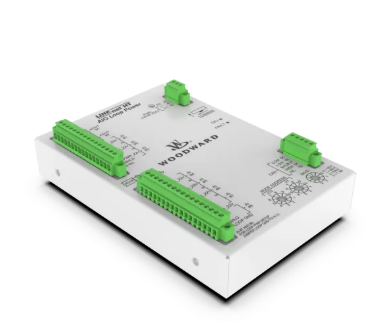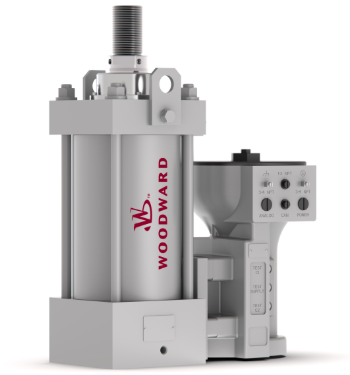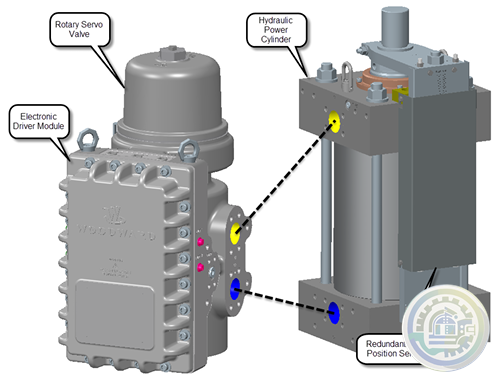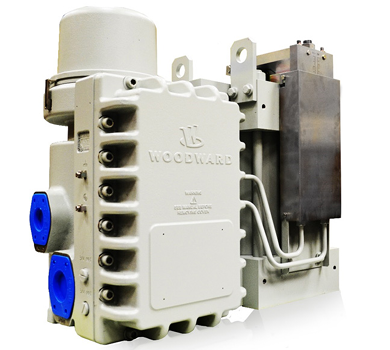-
Deif Du-2 / Mkiii Multil neas Ppm Protecci n Y Gesti n de Energ a 100-690vac
-
DEIF AGC 222 & IOM 220 advanced genset controller
-
Deif Delomatic 4 DGU 0005 Generator Control System PCM 4-1, IOM 4-1, SCM 4-2
-
DEIF PPM-3-DG PROTECTION AND POWER MANAGEMENT MEAS.VOLTAGE:100-690VAC, 0.5MA
-
DEIF AGC Plant Management (Genset Controller) 100132445.10
-
DEIF DC Power Supply, DPS-1
-
DEIF MVR-F215 Directional Feeder Protection
-
DEIF MVR-F215 Product description
-
DEIF MVR-F210 feeder protection relay Protection Functions
-
DEIF MVR-F210 Feeder Protection
-
DEIF PPM 300 Shaft generator controller
-
DEIF MVR-F205 Directional Feeder Protection
-
DEIF Protection & power management PPM 300 Features
-
DEIF PPM 300 Protection & power management
-
DEIF The series of switch mode power supplies
-
DEIF The RMC-142D is CE-marked and is applied for protection of voltage sources
-
DEIF RMC-142D Current relay
-
DEIF The GPU-3 Hydro is well-suited for PLC-controlled systems
-
DEIF GPU-3 hydro Generator protection unit
-
DEIF MVR-200 series Medium Voltage Relay
-
DEIF RMC-131D Current relay
-
DEIF MDR-2 Multi-differential relay
-
IR-TEC PPU-300 Power Pack & Controller
-
Streamline power transfer with DEIF's AGC 150 ATS controller
-
DEIF AGC 150 ATS: Advanced Generator Transfer Switch for Seamless Power Management
-
DEIF DVC 550 Automatic voltage control
-
DEIF Optimize Your Power Systems with DEIF's DVC 550
-
DEIF DVC 350 Digital automatic voltage regulator (AVR)
-
DEIF Advanced Features of DVC 350 Digital Automatic Voltage Regulator
-
DEIF Digital Voltage Controller DVC 550
-
Watlow EPower™ Controller Revolutionary modularity and configurability to meet your needs
-
Watlow Eurotherm® EPower™ Controller
-
Watlow Eurotherm A standardized upgrade solution
-
Watlow Eurotherm Cost efficiency for electric furnaces
-
Watlow Eurotherm Energy efficiency for electric heat treatment furnaces
-
Watlow Solid State Relays (SSR)
-
Watlow DIN-A-MITE® D silicon controlled rectifier (SCR) power controller
-
Watlow DIN-A-MITE® C silicon controlled rectifier (SCR) power controller
-
Watlow DIN-A-MITE® B Power Controller
-
Watlow DIN-A-MITE® A Power Switching Devices
-
Watlow ASPYRE® AT Power Controllers
-
Watlow ASPYRE® DT SCR Power Controllers
-
Watlow PM PLUS™ Controller Features and Benefits
-
Watlow PM PLUS™ Controller
-
Watlow ASPYRE To Elevate Your System
-
Watlow ASPYRE® DT Power Controllers
-
Honeywell MICRO SWITCH Premium Subminiature Basic Switches
-
HIMA SILworX API (application programming interface)
-
HIMA Automated testing with SILworX Smart Safety Test
-
HIMA SILworX The world’s most advanced safety application manager
-
Eaton CODESYS software
-
Eaton CODESYS version 3 Integrated fieldbus configuration
-
Eaton XI/ON I/O system
-
Eaton XN300 modules High modularity with a small footprint
-
Eaton XN300 I/O system
-
Eaton The XC300 modular PLC: Powerful communication
-
Eaton The three device variants of the XC300 Comprehensive functions and interfaces
-
Eaton XC300 modular programmable logic controllers
-
Eaton XC150 compact programmable logic controllers
-
Eaton XC100/200 modular programmable logic controllers
-
Eaton Multi-Function Display MFD-Titan
-
Eaton Legacy Easy programmable relays
-
Eaton easySafety Safety for people and machines
-
Eaton easySafety programmable safety relays
-
Eaton easyE4 programmable relays
-
Eaton easyE4 nano programmable logic controllers
-
Eaton COOPER POWER SERIES DirectConnect elbow arrester
-
Bently Nevada IEPE Accelerometer Series
-
Bently Nevada Velocity Sensors & Accelerometers
-
Bently Nevada ADRE - Data Acquisition & Machine Diagnostics System
-
Bently Nevada 3701/55 Emergency Shutdown Device
-
Bently Nevada Asset Condition Monitoring
-
Bently Nevada 3500 Machinery Protection Systems
-
Bently Nevada ADAPT ESD Relay Module
-
Bently Nevada Typical (and recommended) applications of the ADAPT ESD
-
Bently Nevada 3701/55 ADAPT (ESD) Emergency Shutdown Device
-
Bently Nevada Online Condition Monitoring Systems
-
Bently Nevada Trendmaster Online Condition Monitoring System
-
Bently Nevada Orbit Distributed Condition Monitoring
-
HIMA The HIJunctionBox is part of the Smart Safety Platform
-
HIMA HIJunctionBox Straightforward Safety
-
HIMA Planar4 Where Ultimate Safety Counts
-
HIMA HIQuad Lifecycle & Modernization
-
HIMA HIQuad X A New Dimension of Performance for Your Safety System
-
HIMA Communication Features of HIQuad X
-
HIMA Flexible SIL 4 Controllers SYSTEM FOR THE RAIL INDUSTRY
-
HIMA HIMatrix SYSTEMS Uniquely Fast, Uniquely Flexible
-
HIMA F35 HIMatrix Safety-Related Controller
-
HIMA HIMax Flexible Safety for Maximum Profitability
-
HIMA X-COM 01 Communication Module
-
HIMA X-DI 64 01 Digital Input Module
-
Woodward Oil Management
-
Woodward SonicFlo™ Gas Fuel Control Valve With Electric Trip
-
Woodward SonicFlo™ Gas Triple Coil Electrohydraulic Servo Valve Assembly
-
Woodward SonicFlo™ Gas Valves Hydraulically Actuated
-
Woodward Discrete Output for Driver Status Indication
-
Woodward PWM Input for Position Demand
-
Woodward The Swift valve is a sonic flow-metering valve
-
Woodward Swift™ Gas Metering System
-
Woodward LQ6 Liquid Fuel Valve with On‐board Driver
-
Woodward Fuel Metering System Integration Capabilities
-
Woodward DLE/DLN for Aeroderivative Turbine Platforms
-
Woodward Fuel Metering Systems
-
Woodward PG-07 controls Sequential spark ignition
-
Woodward PG-07 CONTROL SYSTEM FEATURES
- Glassman
- Johnson Controls
- Studer
- Watlow
- AEG
- ADVANCED
- KEBA
- Bristol Babcock
- Rolls-Royce
- Aerotech
- APPLIED MATERIALS
- Basler
- SAACKE
- BENDER
- Kollmorgen
- MEGGITT
- METSO
- MITSUBISHI
- MTL
- HIMA
- Siemens
- BACHMANN
- AMAT
- DEIF
- DELTATAU
- EATON
- ELAU
- LAM
- SCHNEIDER
- Advantest
- ABB
- GE
- Emerson
- Motorola
- A-B
- KUKA
- Abaco
- HITACHI
- SST
- Vibro-Meter
- Rexroth
- Prosoft
- DFI
- Scanlab
- Reliance
- Parker
- Woodward
- MOOG
- NI
- FOXBORO
- Triconex
- Bently
- ALSTOM
- YOKOGAWA
- B&R
- UNIOP
- KONGSBERG
- Honeywell
- Omron
- CTI
- EPRO
- Tell:+86-18144100983
- email:kongjiangauto@163.com
- Application:wind/ petroleum/ chemical/ natural gas/ Marine/ mining/ aviation/ electronics/ steel/ nuclear power/ electric power/ coking/ air separation and so on
- Series:PLC/ DCS/ servo/ analog/ Ethernet/ digital/ redundant module/ tension system/ excitation/ generator management/ human-machine interface/ detection card/ sensor/ AC drive/ etc
The Mark* VIeS Safety control is a stand-alone safety control system used by operators knowledgeable in
safety-instrumented system (SIS) applications to reduce risk in critical safety functions.
It is a derivative of the Mark VIe control system used in a variety of power plant applications.
The Mark VIeS Safety control is programmed and configured with the same ToolboxST* application that is used in the Mark VIe control.
The Mark VIeS Safety controller and distributed I/O module firmware are enhanced for safety control use.
Specific Mark VIe control hardware has also been identified for use in safety control systems.
While the Mark VIeS control performs the logic solving tasks for the system, it can also interface with the ToolboxST application.
The ToolboxST application can interface with an external distributed control systems (DCS).
It provides a means to lock or unlock the Mark VIeS control for configuration and safety-instrumented function (SIF) programming.
This allows you to install a safety function, test it, and place the controller in Locked mode to perform safety control.

Interfaces to the Mark VIeS control must be strictly controlled to avoid interference with the operation of the system.
Data exchange to the safety control must be restricted and only used when validated by the application software.
The Mark VIeS control was designed and certified to meet functional safety standards according to IEC 61508 Parts 1 through 3.
It is certified for use in both high-and low-demand applications.
The Mark VIeS control uses redundant architecture configurations and a hardware fault tolerance (HFT) of 1 to achieve safety integrity level (SIL) 3.
The highest achievable SIL with an HFT of 0 is SIL 2.

INSTALLATION:
Securely mount the desired terminal board.
Directly plug one PDIA I/O pack for simplex or three PDIA I/O packs for TMR into the terminal board connectors.
Mechanically secure the packs using the threaded studs adjacent to the Ethernet ports.
The studs slide into a mounting bracket specific to the terminal board type.
The bracket location should be adjusted such that there is no right-angle force applied to the DC37 connector between the pack and the terminal board.
The adjustment should only be required once in the life of the product.
Plug in one or two Ethernet cables depending on the system configuration.
The pack will operate over either port. If dual connections are used, the standard practice is to connect ENET1 to the network associated with the R controller.
Apply power to the pack by plugging in the connector on the side of the pack.
It is not necessary to insert this connector with the power removed from the cable as the I/O pack has inherent soft-start capability that controls the current inrush on the power application.
COMPATIBILITY:
PDIAH1A is compatible with five types of discrete contact input terminal boards, including the TBCI boards, TICI boards,
and STCI boards, but not the DIN-rail mounted DTCI board. Control mode refers to the number of I/O packs used in a signal path:
One I/O pack and one or two network connections are used in Simplex.
Dual uses two I/O packs with one or two network connections.
Three I/O packs with one network connection each are used by TMR.

Bently 3500/65 145988-02
ABB PF900-NR 3BDH000357
ABB HS810 3BDH000305R0101
ABB VIPA972-0DP01
YASKAWA CACR-SR07BE12M
ABB S-073N 3BHB009884R0021
ABB 3BHL000986P0006
ABB 5SDF1045H0002
ABB 5SDF0860H0003
ABB 5SHY3545L0010 3BHB013088R0001 3BHE009681R0101 GVC750BE101
XP POWER F8B6D4A3G3
Triconex 8310
TRICONEX 4351B
TRICONEX 3721
TRICONEX 3700A
TRICONEX 4351A
TRICONEX 4351B
TRICONEX 3503E
TRICONEX 3008
TRICONEX 3664
TRICONEX 8310N2
ABB XUD194 XUD194A 3BHC018137R0001
ABB PCD530A102 3BHE041343R0102
TRICONEX MP3009
YOKOGAWA AAI141-H50 S2
TRICONEX 3625
| User name | Member Level | Quantity | Specification | Purchase Date |
|---|


Please do not listen to the advice of non-professional engineers! Cause equipment damage!


wechat/whatsapp:
Email: kongjiangauto@163.com
-
GE LP-33 SERIES UPS DISPLAY & CONTROL PANEL LP33
-
GE CL06A300M IEC Contactor (50 Amp)
-
GE CR2962F2D Plugging Switch NIB
-
General Electric IC500A411DG2 Electrical Rectifier Semiconductor
-
GE IS200BICLH1AFE Interface Module 259B2431DB-G01 BICLH1A
Copyright © 2009 - 2024 Cld , All Rights Reserved K-JIANG All rights reserved














